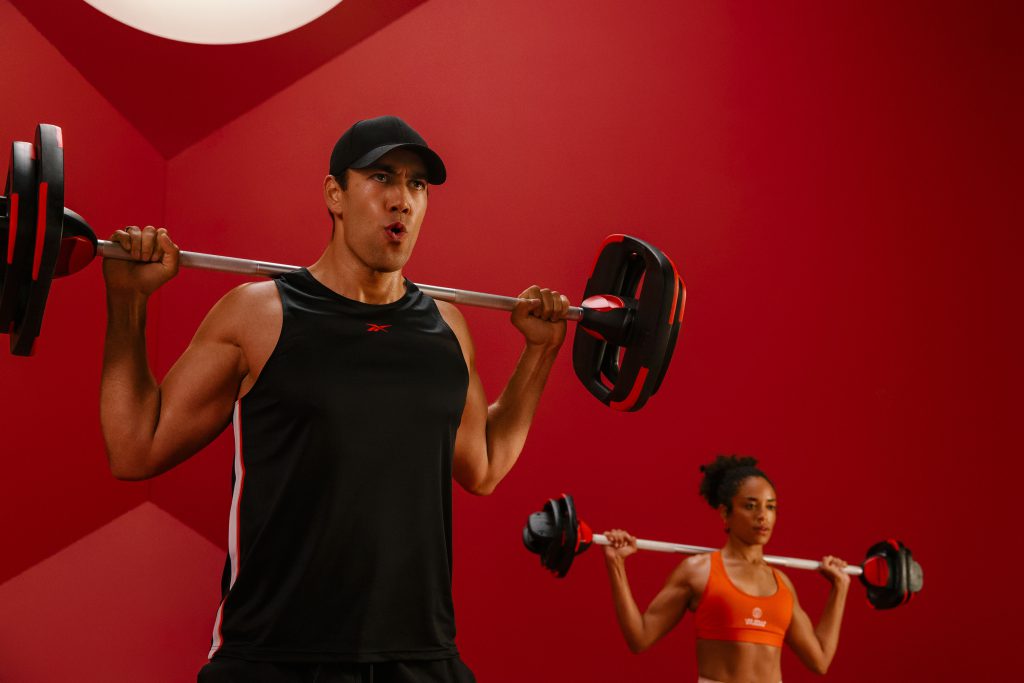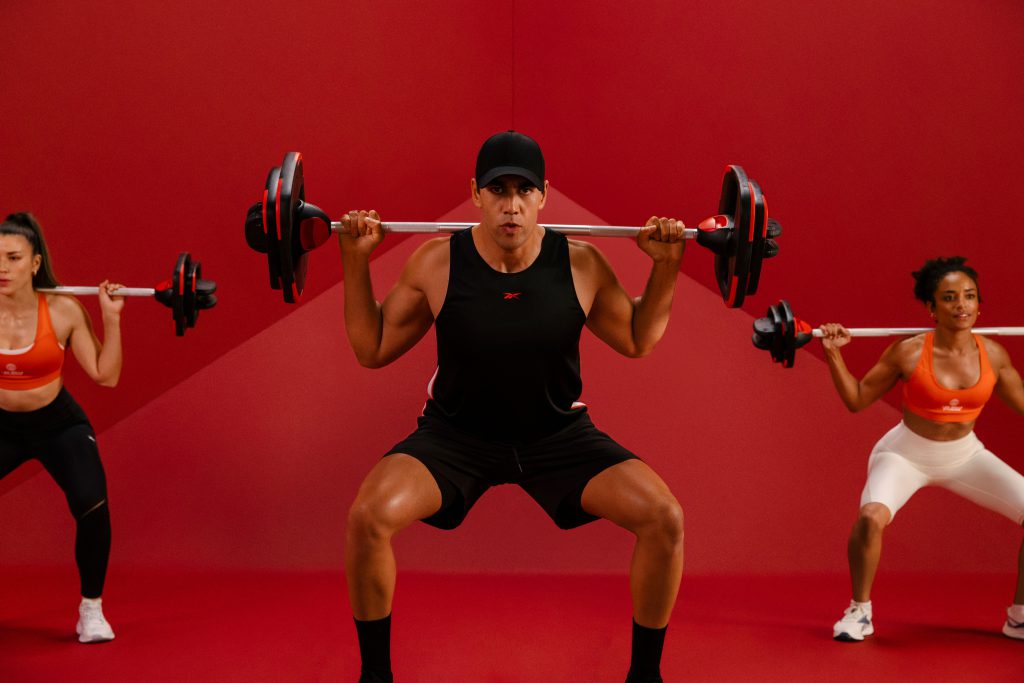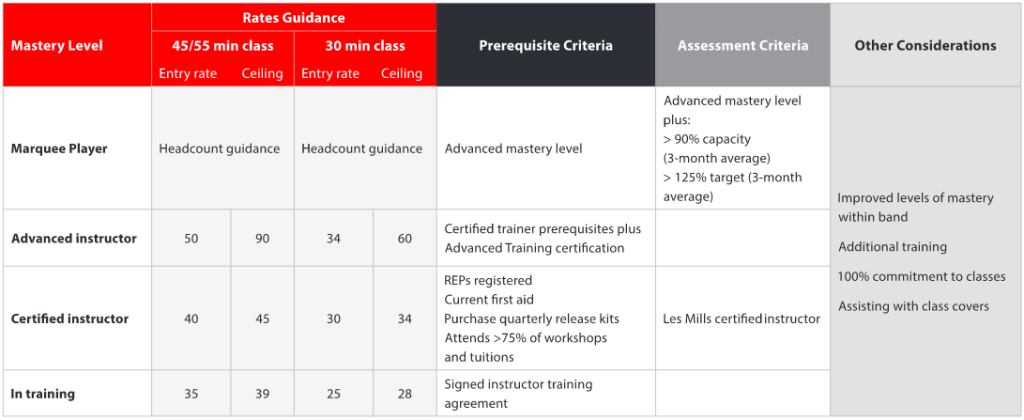recruitment special
Three ways to win at instructor recruitment and engagement
Ryan Hogan, shares global insights into successfully engaging and recruiting rockstar instructors.

We have all heard about The Great Resignation by now which, in Australia, has seen 20 per cent (one in five) of employees quit their jobs within the last year (National Australia Bank Survey – Nov/Dec 2021).
In our industry, some 15 to 20 per cent of instructors have retired from teaching, or not returned post-COVID. In the Les Mills landscape, quarterly workshop attendance was down 30 per cent compared to 2019 attendances (excluding WA and QLD, as they endured less lockdowns).
In May 2021, the Les Mills Global Fitness Report surveyed 12,000 fitness consumers from around the globe. It found that 67 per cent of gym members prefer to work out with others in small or large groups, and that the most important factor for participants in a group fitness class is the quality of the instructor. In fact, it also revealed that great instructors are around 2.5 times (144 per cent) more likely to win member referrals.
So what does this mean for clubs and fitness facilities? Three things:
Your Fitness Business Needs To Become A Recruitment Machine
To become a recruitment machine, consider these important elements:
- The role of the group fitness manager (GFM) in your recruitment strategy
- An ‘always on’ recruitment mindset
- A very clear value proposition for your instructors
- Regular events, launches and the like
- Strong local, community relationships.
...in reality, your group fitness manager may be responsible for running 30 to 50 per cent of your business!
What is the role of your GFM?
How many hours a week is your GFM employed for? If it is just three or four a week, then you may need to rethink this because, in reality, your group fitness manager may be responsible for running 30 to 50 per cent of your business! What we mean by this is that a world-class benchmark is seeing 50 per cent of members participating in group exercise. At the Les Mills New Zealand facilities, and in Southeast Asia, some clubs even report up to 70 per cent. This is why the role of your GFM in the recruitment process is critical. They should have recruitment KPIs and be managed on them. There should always be an instructor available to teach, and you should have a team of people keen to jump on your stage.
As an aside, considering this, it is also worth thinking about how much of your bricks and mortar real estate is dedicated to your group fitness studio. Phillip Mills renovated his clubs in New Zealand so that 60 to 70 per cent of floor space is dedicated to classes; that is how much we believe in the power of the space!

Do you have an ‘always on’ recruitment mindset? Who’s on your bench?
Recruitment should be ‘always on’. Your instructors, ably led by the GFM, should be in constant recruitment mode, canvassing the front row at regular classes and launches, always looking for the next GEX superstar. Think of high-performing sports teams and how they manage their recruitment; they have their team, they have a ‘bench’ of people who are always trained and ready to go at any minute, and they are constantly canvassing their community to find the next rockstar. If you want a high-performing team then shouldn’t you be doing the same?
Do you have a clear and compelling instructor value proposition?
How easily can you answer the question: “why should an instructor work for you?”
To find out, do this now: jot down four or five words or reasons as to why an instructor should work for you and not the club down the road.
You should always be able to very quickly articulate what you have or can offer to future employees, which the competitors cannot. If you find this challenging, then there is some work to be done on your value proposition for instructors.
Are you holding regular events and launches?
Events and launches are powerful ways to keep your instructors and members highly engaged with your group fitness offerings. Making a big deal about new program releases creates excitement, buzz and motivation. In addition, with regular frequency, people will begin to anticipate and look forward to the next event, which will help to keep those swipe-ins occurring all year-round.
Do you have strong local, community relationships in place?
It is never too late to establish and maintain relationships with local schools, colleges, universities, sporting groups and community groups. While these places are long recognised as ideal sources for new members, they can also serve as a great go-to for finding instructor talent.
Develop Your Team (With Intention)
When you truly own recruitment, you can create YOUR team – as opposed to hiring instructors who teach everywhere. To develop your team with intention, consider these elements:
- The role of the GFM
- Static timetables = dead timetables
- Make-up of your team
- Sourcing covers
- Development calendar.
What role does your GFM play in team development?
Reiterating the point made earlier, if your GFM has just 4 to 10 hours per week to manage up to 50 per cent of your business (70 per cent if you’re world-class), then they are not likely to have any time to focus on team development. However, like any manager in any organisation, growing and developing your team is one of their key functions. For this reason, your GFM should have development KPIs and be managed on them.

Reminder: static timetables are dead timetables
Developing your team also means moving people around when the time is right. For example, have you been in a club – or maybe it is your own club – where there is an instructor who has been teaching a Tuesday mid-morning Step Moves class since 1992? This particular instructor may have previously filled the room but over the years, participation in that class in that timeslot with that instructor has slowly dwindled. If this sounds familiar, it is time to reenergise your timetable by shuffling things around. World-class timetables are movable beasts; they evolve and change over time to cater for new trends and new developments.
What is the make-up of your team?
Drill down and take a good honest look at the make-up of your current team. Identify, who is really pulling their weight versus just turning up?
How much time do you spend sourcing covers?
In addition to identifying how much time is spent on sourcing covers, take stock of who is turning up less than 85 per cent of the time.
Do you have a rolling development calendar in place?
A rolling development calendar is important for a high-performing instructor team. Les Mills instructors can access quarterly workshops, both live and online.
Reward Outstanding Performance
Unfortunately, many clubs still consider group exercise as cost; so often that it is sometimes the first thing that is cut when looking for cost-savings (despite it being somehow okay to spend $10,000+ on a piece of cardio equipment)!
Try this exercise: calculate the value of 30 to 50 per cent of your monthly membership dues? The figure you come up with is how much monthly revenue that group exercise could bring in for you (NOT cost you!).

CASE STUDY: LES MILLS CLUBS IN NEW ZEALAND
Look at the following case study featuring Les Mills clubs in New Zealand, where a performance-based instructor pay system is in place.
At Les Mills Asia Pacific, we believe the industry needs to consider a new approach to compensation, which is based on the value provided by great instructors. Of course, it is not solely about the money, but clubs should be prepared to pay more for top talent, and they should consider using a win-win, performance-based system, as this type of arrangement can be achieved by applying increases ONLY when club performance increases.
- Size 3,000m2/32,000ft2
- 5,000 members
- Price: 110NZD per month
- 60 per cent group exercise attendance.
Note: All facilities vary in the size of their timetable and the pay system they can afford, though the principles described here should apply to all. All figures stated are in New Zealand dollars (NZD).
‘Marquee players’ refer to people who can pull in the highest level of attendees every time they teach, and build a following in the club (or even outside of it). For example, one club has Gandalf Archer Mills teaching in Auckland City, getting $150 per class and pulling in 200 people on a Wednesday night and Saturday morning, and 100 people on a Thursday morning.
Following is an example of the return on investment (ROI) on Marquee players, using this Gandalf example:
- He’s motivating 500 people every week
- Les Mills attendees attend, on average, three times a week – that’s 167 ‘people’
- 167 x Les Mills Auckland’s membership rate of $25 per week = $4,175
- Your club may only charge half that rate (i.e., $2,087)
- We also know that group fitness attendees stay longer and refer more people (which we have not taken into consideration yet).

GFM RATE CARD GUIDANCE

why it works
Levels of mastery
- Grades them on the core role we contract them to do (i.e., teach classes in our club(s))
- Grades them on how good they are today, not last year
- Provides immediate feedback
- Encourages GFMs and program coaches to interact and confront issues immediately
- Does not reward attendance at training, but the implementation of what is learned
- Allows for rapid progression of recognised A-players.
'Marquee players' are instructors who pulls in the highest level of attendance every time they teach
Assessments
- Encourages GFMs to quickly complete certification process for new group fitness instructors
- Encourages GFMs to schedule an interaction with all instructors, especially the often-overlooked B+ players
- Recognises the A-players sooner
- Highlights instructor development needs
- Assists GFMs to supply high-leverage training.
IN SUMMARY
The key to successfully engaging and recruiting group fitness instructors is to:
- Recruit, recruit, recruit!
- Get serious about development
- Reward performance. Good luck!

RYAN HOGAN
Ryan is the Chief Executive Officer at Les Mills Asia Pacific, which offers world-class training for group fitness Instructors, and the Ultimate Group Fitness Solution for clubs and facilities, to help attract, engage and retain their members.